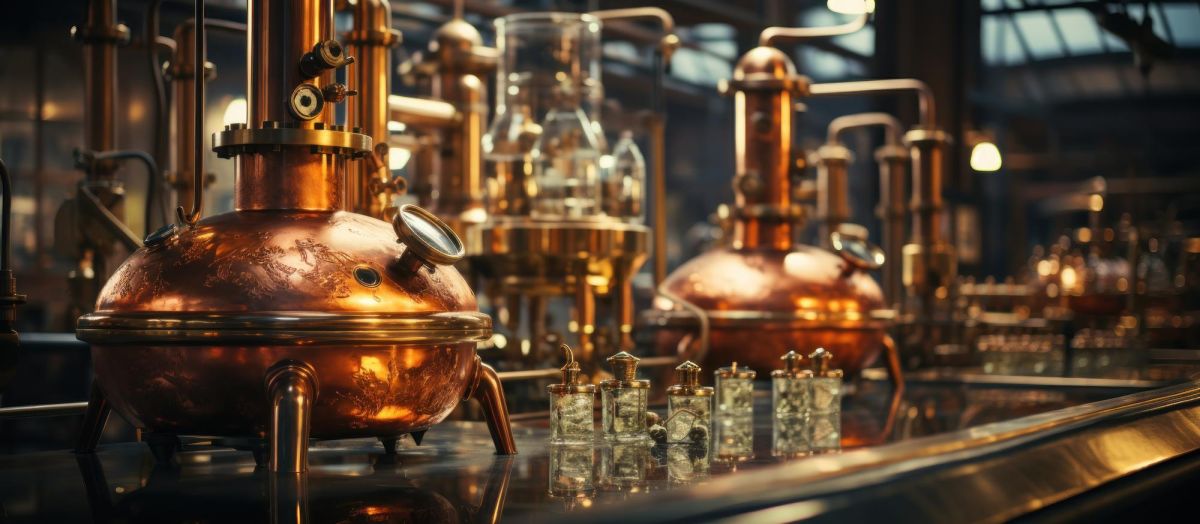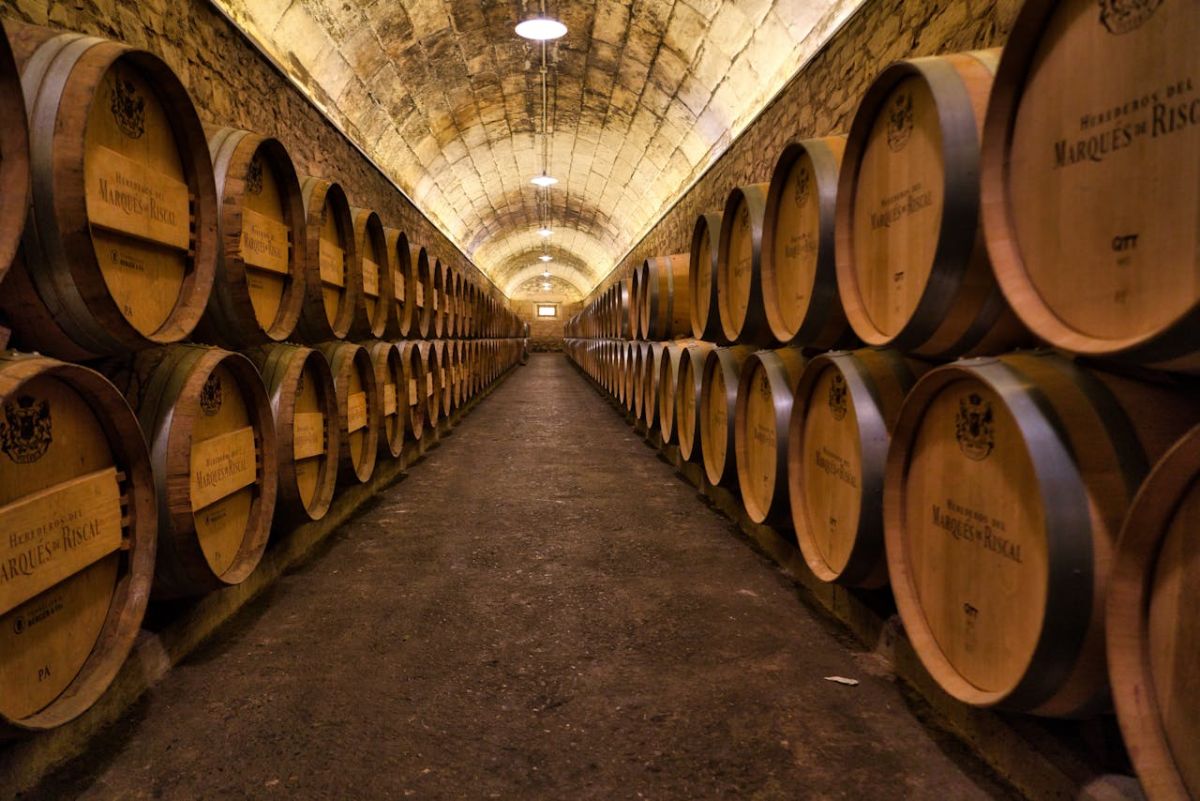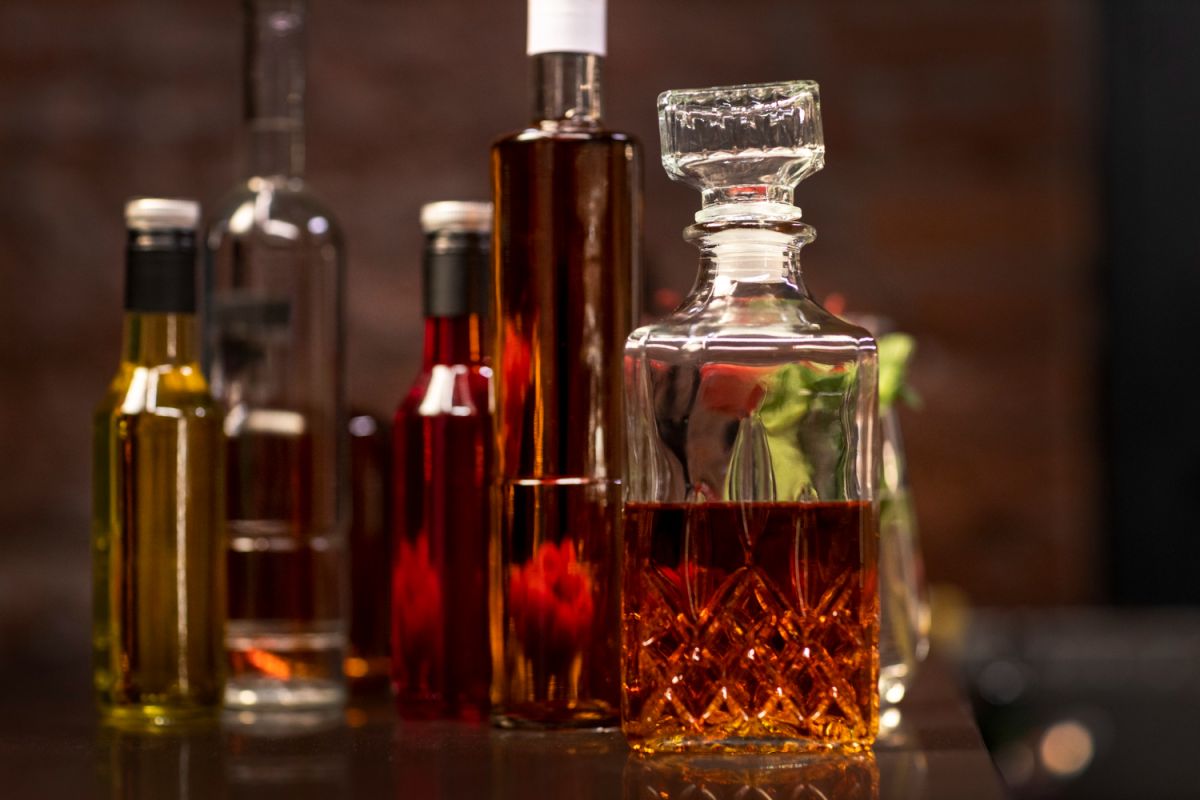The art of the Austrian distilling tradition: From the orchard to the glass

The Austrian distilling culture has a century-long tradition that is still maintained with great passion today. Particularly in the picturesque region between Lake Constance and the Alps, a true high culture of fruit distillation has developed. Here, where lush orchards shape the landscape, some of the finest distillates in Europe are created. The Prinz Distillery from Hörbranz has embodied this tradition since 1886 and has brought the art of fruit distillation to true mastery
From fruit to premium spirit: A complex process
The production of high-quality fruit brandies is a complex process that requires a lot of experience and a delicate touch. It all starts with the careful selection of the fruits. Only fully ripe, flawless specimens are used for distillation. The choice of fruit is crucial for the later quality of the final product.
After harvesting, the fruits are washed, pitted, and placed in fermentation containers with selected yeasts. Fermentation lasts several weeks, depending on the type of fruit and ambient temperature. During this time, the fruit sugar is converted into alcohol. The resulting mash is then distilled using traditional distillation methods.
The combustion process in detail
- Heating the mash in the still
- Evaporating the alcoholic components
- Cooling and condensation in the cooling system
- Separation of heads, hearts, and tails
- Catching the valuable heart cut (the heart piece)
Regional specialties from Austria
Each region of Austria has developed its own distillation traditions. In Styria, varieties of pome fruits such as apples and pears dominate, while in Tyrol, berry brandies are increasingly produced. The area around Lake Constance is particularly known for its Williams Christ pear brandies, which have a distinctive character.
A typical Austrian phenomenon is the so-called "Inländer-Rum". This spirit originated during the time of the Habsburg monarchy when the import of real rum from the Caribbean was subject to high taxes. As an alternative, resourceful distillers developed a substitute made from sugar beet molasses, which remains popular to this day and is used in many traditional recipes.
After distillation comes maturation, which gives the noble spirit its characteristic flavor. Modern distilleries rely on various aging methods to achieve different flavor profiles:
Traditional wooden barrels add extra aromas and a golden color to the distillate.

Traditional storage methods
The storage in earthenware vessels, the so-called "Hafele," is a particularly traditional method. These vessels allow for slow air circulation without the precious distillate taking on foreign flavors. The schnapps matures harmoniously and develops its variety-specific aromas optimally.
For special editions, wooden barrels are also used. Depending on the type of wood - whether oak, chestnut, or cherry - the distillates absorb different aromas and acquire their characteristic amber color. Especially high-quality fruit brandies benefit from several years of maturation in wooden barrels.
Those wishing to experience the diversity of Austrian distillation tradition will find an impressive selection of specialties at a Prinz Schnaps sales point - from classic fruit brandies to liqueurs and seasonal creations.
The perfect enjoyment: Tips for consumption
To fully experience the aroma of a high-quality fruit brandy, some basic rules should be observed. The drinking temperature plays a decisive role: While liqueurs can be served slightly chilled, classic fruit brandies best reveal their diversity of aromas at room temperature between 17 and 19 degrees Celsius.
The right glass is also important. Specifically shaped schnapps glasses with a tapering shape concentrate the aromas and allow for an intense tasting experience. Before the first sip, it is worthwhile to consciously smell the glass to perceive the diverse fragrances.
Expert Tip
Take your time to enjoy a high-quality fruit brandy. A small sip that slowly dissolves in the mouth reveals significantly more flavors than a hastily drunk "shot."
Expert Tip
Take your time to enjoy a high-quality fruit brandy. A small sip that slowly dissolves in the mouth reveals significantly more flavors than a hastily drunk "shot."
Modern Trends in Austrian Distilling Culture

While traditional distilling art is still upheld, many distillers today are experimenting with new flavors and production methods. Creations featuring wild fruits or herbs from alpine regions, which offer unique taste experiences, are particularly popular.
There are also innovative approaches in the area of barrel aging. Some distillers use barrels that previously stored wine or other spirits to impart additional flavor nuances to their distillates. These "finishing" methods are gaining increasing popularity among connoisseurs.
Another trend is the return to old, almost forgotten fruit varieties. Many distilleries are collaborating with local farmers to preserve old orchard cultures and capture their characteristic aromas in exclusive editions.
Sustainability in fruit distillation
Modern distilleries today place great emphasis on sustainability. From the careful management of orchards to energy-efficient production, ecological aspects are increasingly taken into account. The by-products of distillation are used as natural fertilizer or animal feed, thereby closing natural cycles.
Many traditional distilleries actively contribute to the preservation of the cultural landscape through their work. The fruit trees grown for the distillery not only shape the landscape but also provide a habitat for numerous species of animals and plants.
Conclusion: Living Cultural Heritage with a Future
The Austrian distilling tradition is much more than the production of alcoholic beverages. It is a vibrant cultural heritage that preserves and develops knowledge and skills across generations. In an era of industrial mass production, it stands for craftsmanship, regionality, and the highest quality standards.
Those who enjoy a high-quality Austrian fruit brandy experience a piece of this tradition - compressed into a glass full of aromas that tell the story of the nature of the Alpine region and the skills of its people. The interest in these special specialties is growing, and more and more people are discovering the diversity and quality of Austrian spirits. Here you can find restaurants where you can taste delicious fruit brandy.